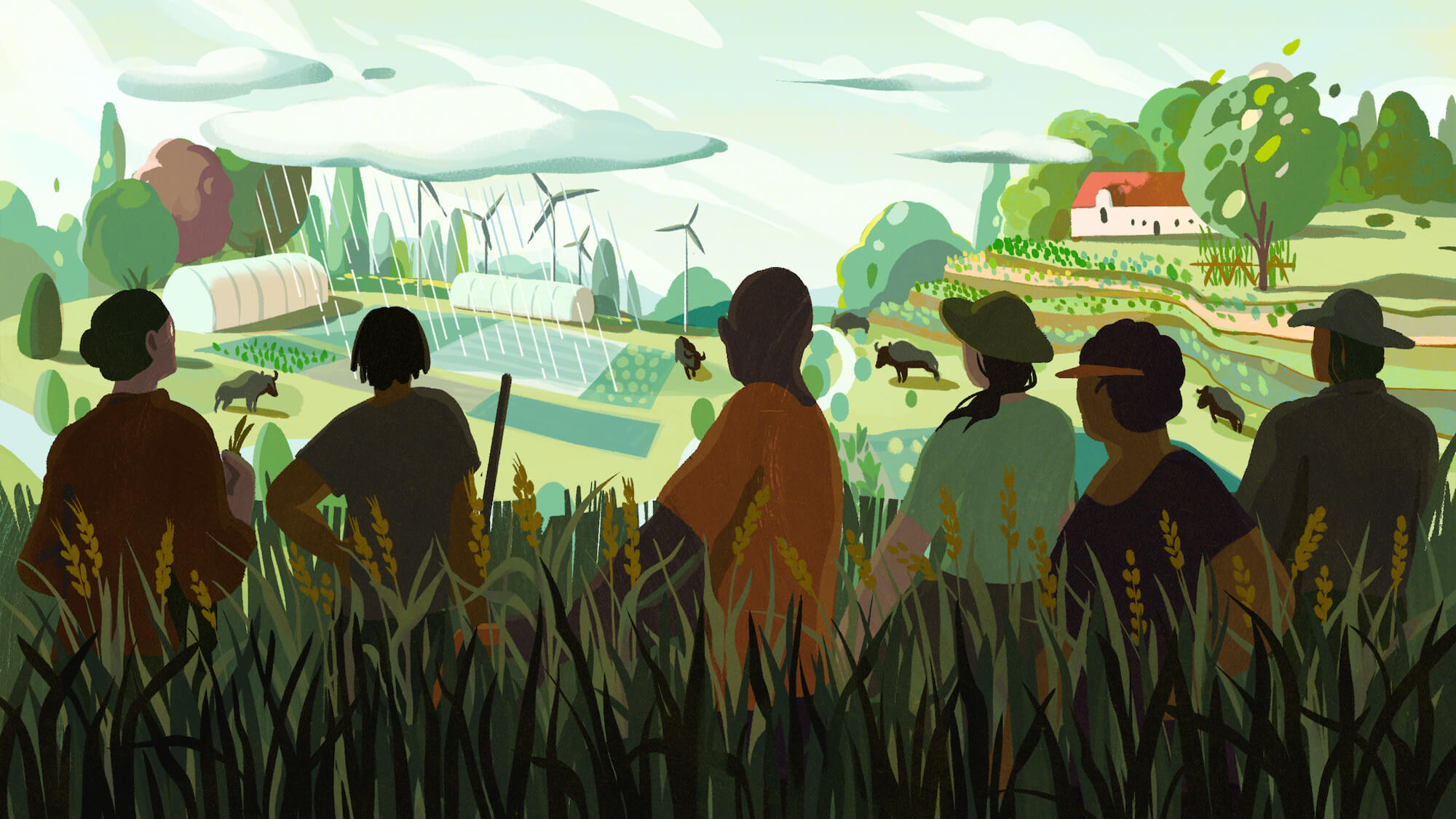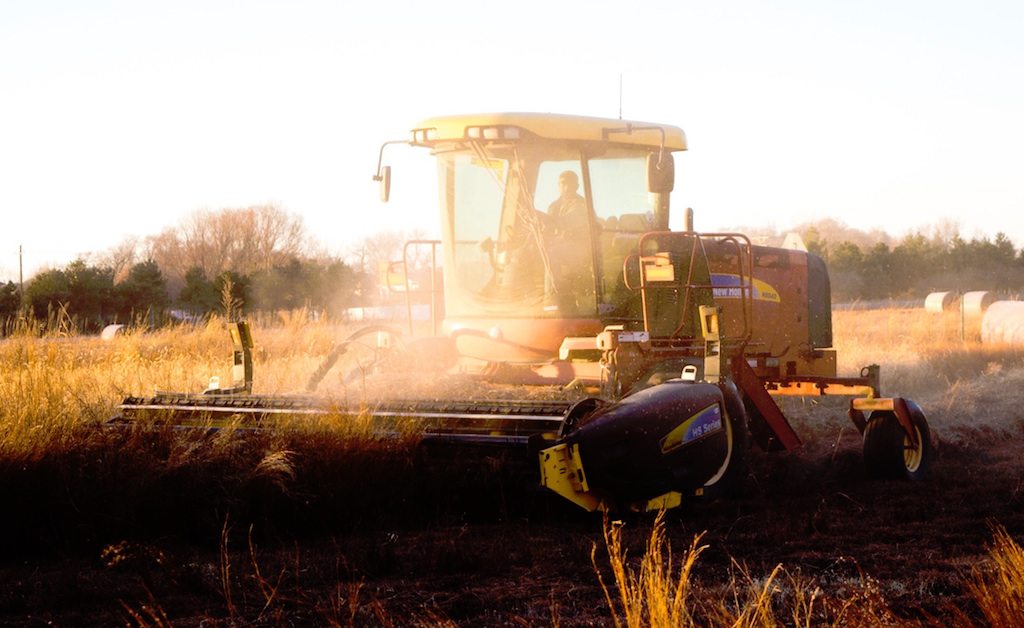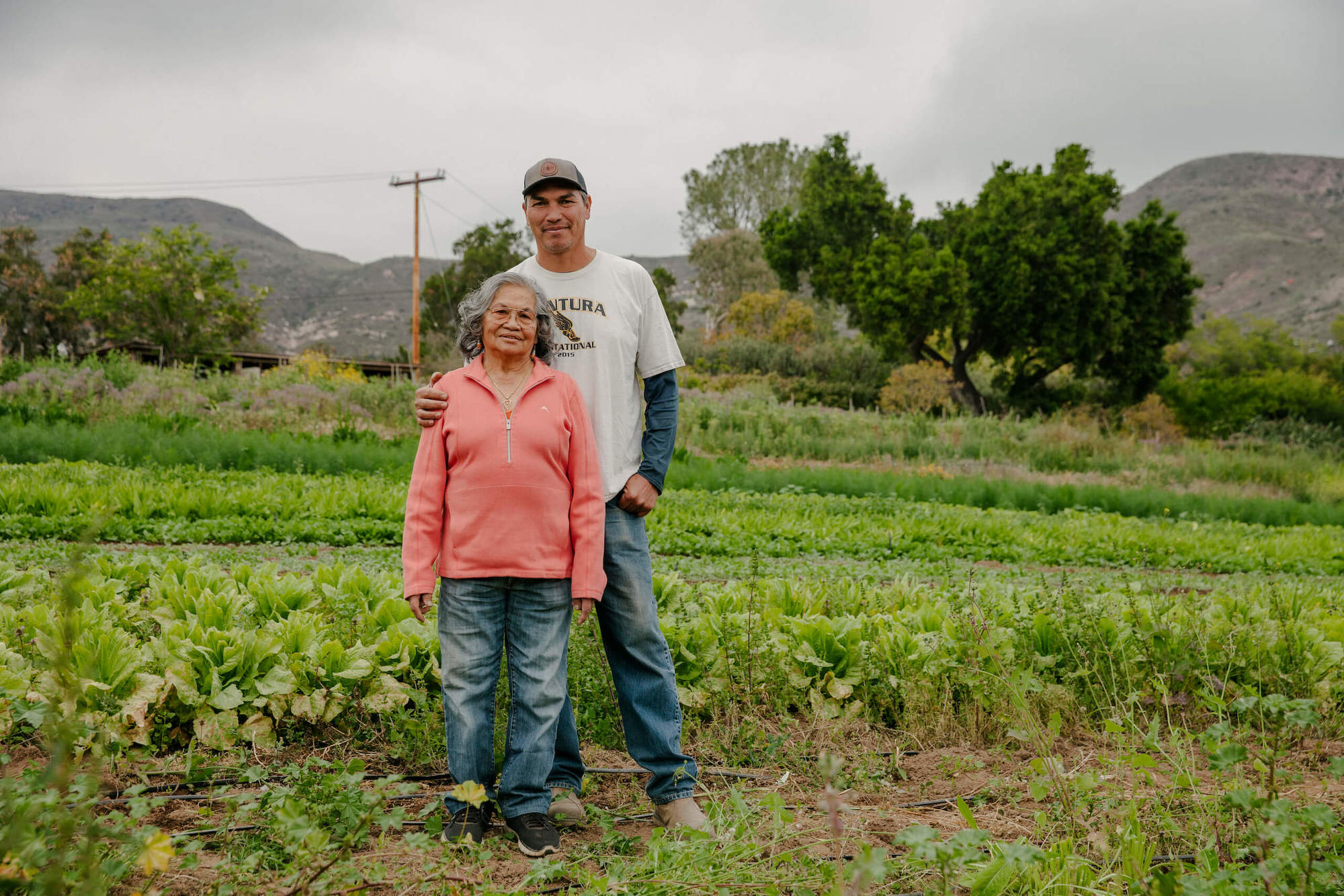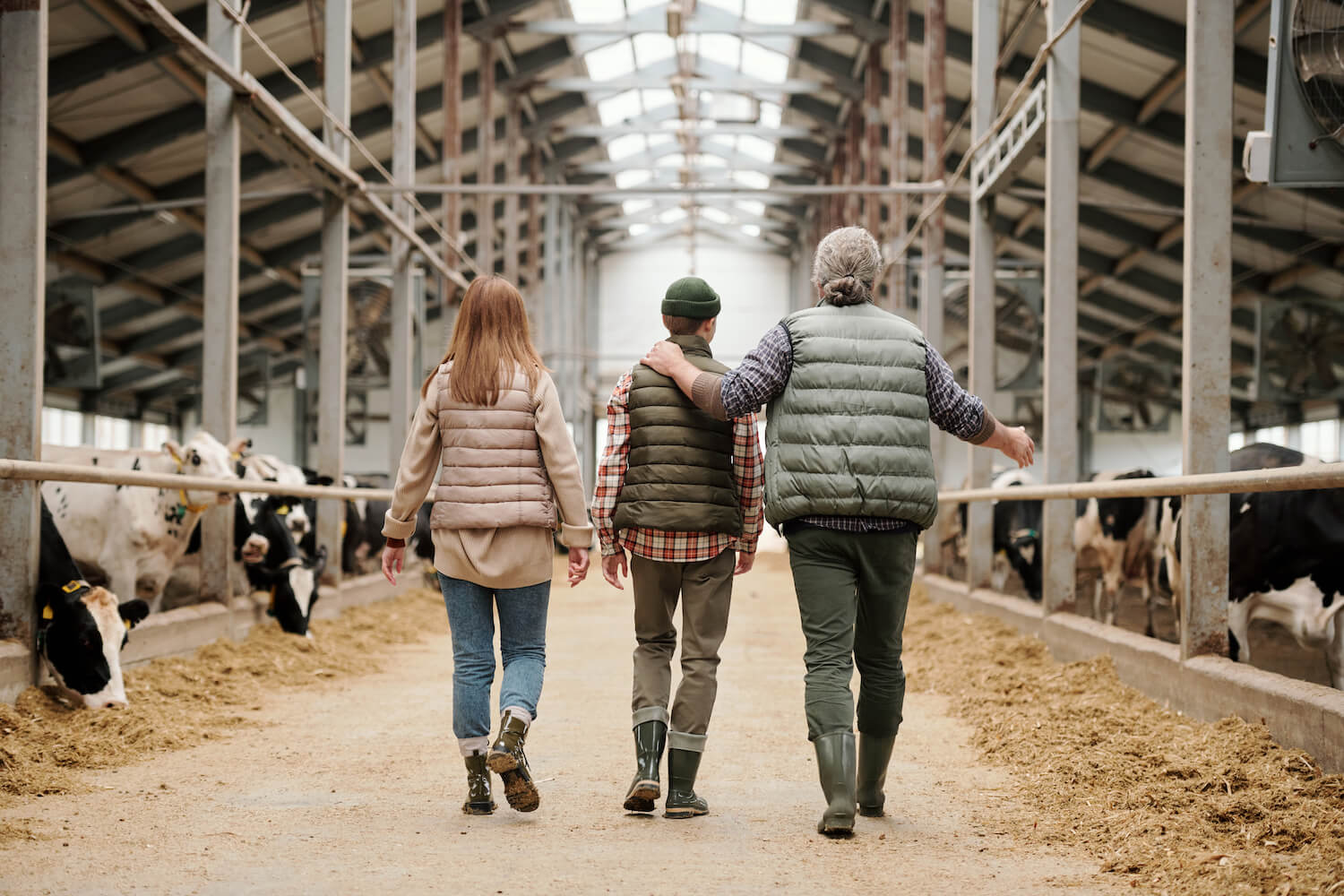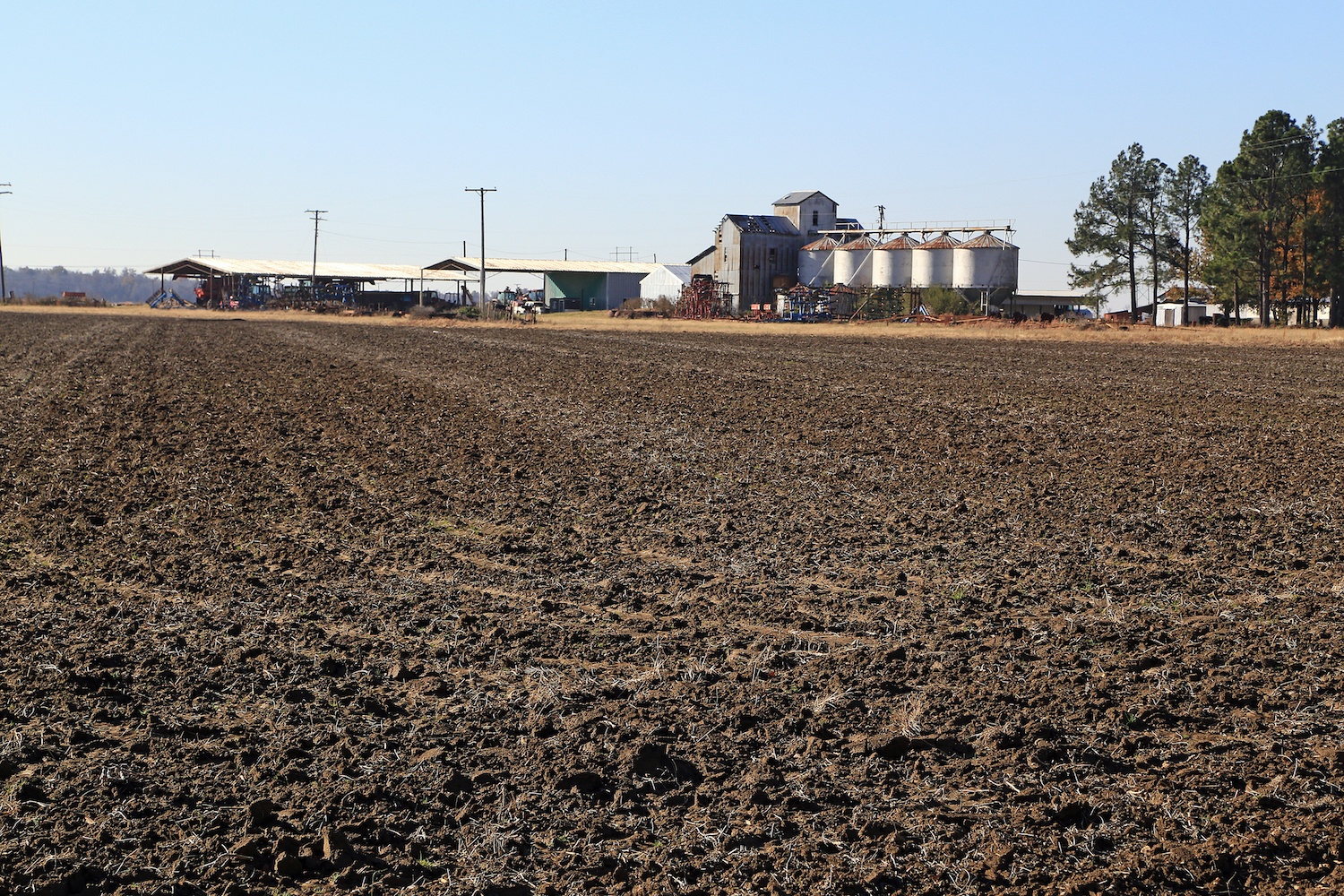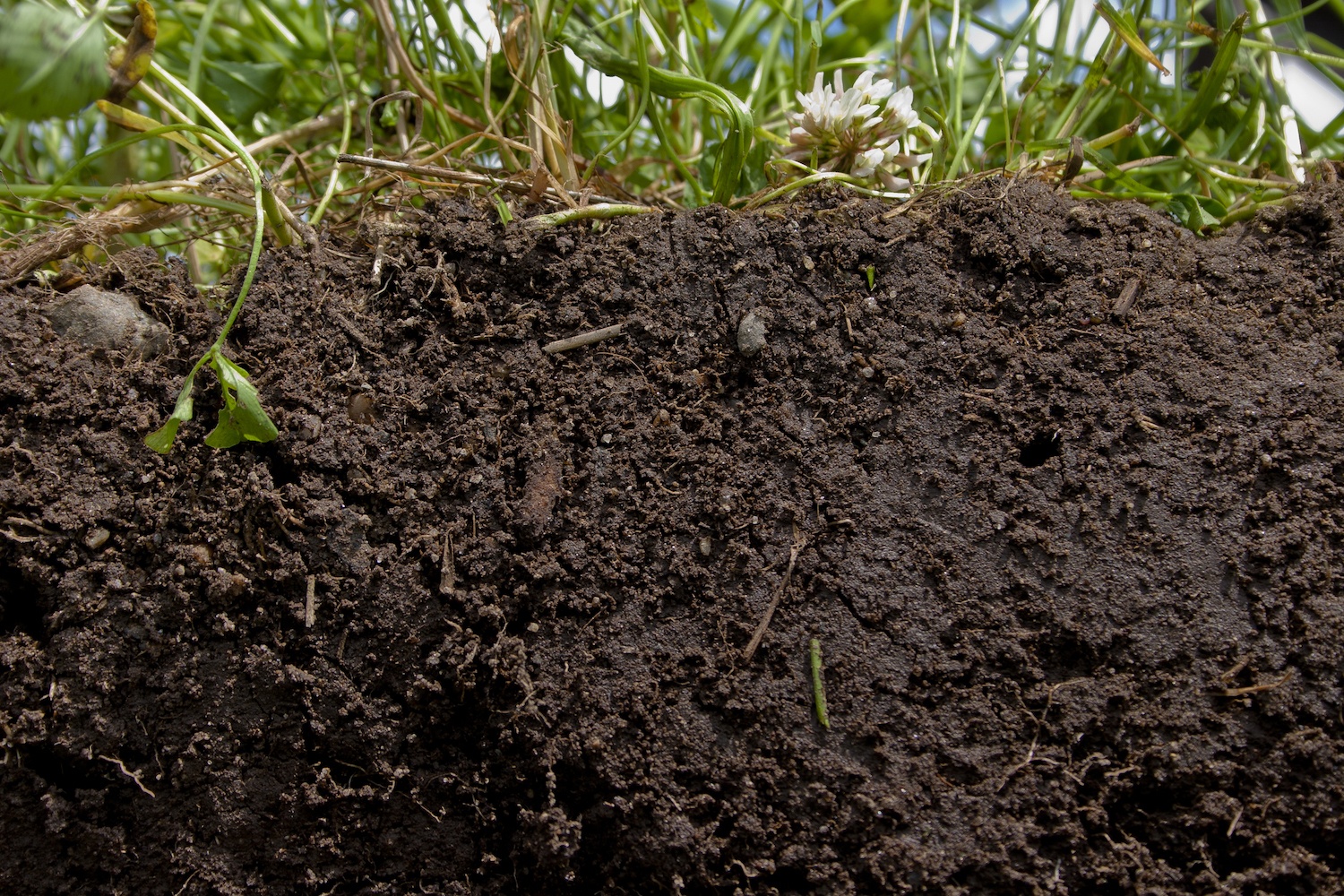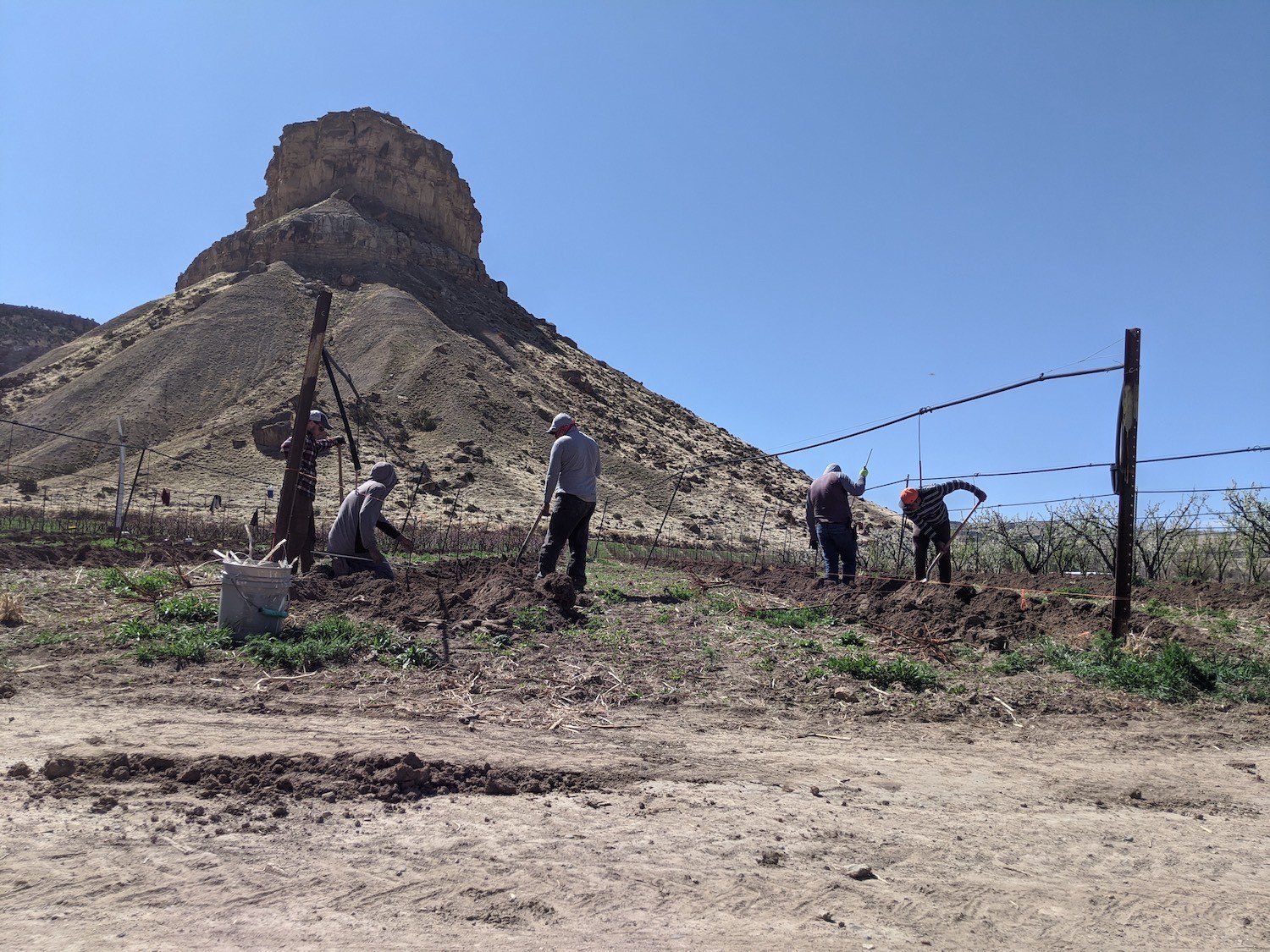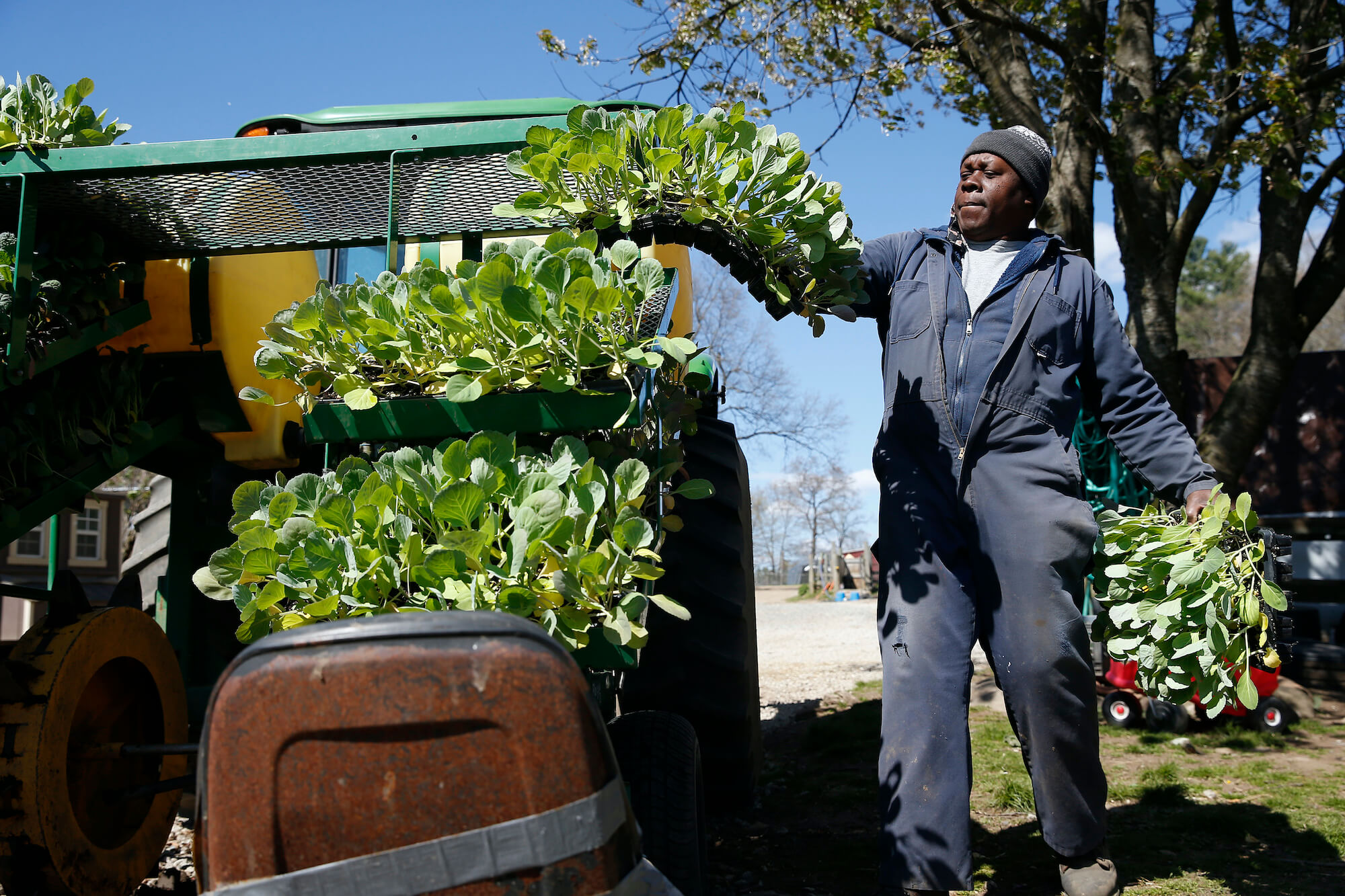
Jessica Rinaldi/The Boston Globe via Getty Images
Making the food system more sustainable is a multipronged challenge. But in the United States, farm size is only one piece of the equation.
As the Biden administration debates how American agriculture needs to shift to become more sustainable/efficient/climate-resilient/racially and economically just, studies are emerging that investigate various bits of this complex puzzle: Recent research out of U.C. Berkeley examines the benefits of crop diversification; food systems analyst Ken Meter has a new book out that breaks down how community food hubs could rebuild rural economies; a Sustainability review links the proliferation of farms to farmers markets to the health of local communities and community members. And many other people are pointing fingers at Big Ag and the ways its confined animal feeding operations (CAFOs), industrialized corn-and-soy rotations, and chemical dependency lead to polluted water and air, dead soil, and ecological collapse.
Is there a significant role that smaller farms—in terms of acreage—could play in solutions? That was the question recently posed by a team of researchers at the University of British Columbia, Vancouver. They reviewed 118 studies from 51 countries, published mostly in the last 25 years, to compare the less-than-two-hectare farms that dominate global agriculture with 100-hectare or larger farms, in terms of the amount of food they produced and the types of diversity they could support. “We know agriculture is a major driver of environmental issues and a lot of work is being done to understand how to make farms more sustainable,” said Navin Ramankutty, an agricultural geographer and one of the study’s co-authors. “One of many solutions proposed is the idea of smaller farms being better. We thought it would be useful to know if there’s any validity to that, which is an important policy question.”
“I wouldn’t say small versus large is the crux of the issue. We need to focus more on outcomes than argue about definitions.”
Ultimately, the researchers concluded, there was reason to support small farms for the ecological and food-production sustainability they could provide, echoed by a recent piece in Foreign Policy. But Ramankutty said geographical context also matters—a sentiment echoed by critics who argue that in the U.S., weighing small against large is an unhelpful framework for understanding how to improve our food system. As Mitch Hunter, research director for conservation organization American Farmland Trust (AFT), puts it, “I wouldn’t say small versus large is the crux of the issue. We need to focus more on outcomes than argue about definitions.”
In their review and accompanying analysis, Ramankutty and his team determined that smaller farms ticked a lot of important boxes. For example, overall they had higher crop diversity that favored good nutrition, market diversification, and drought risk mitigation. They also often boast greater non-crop biodiversity, although it’s possible this is less a result of size, said Ramankutty, than good ecological practices like less pesticide use and maintenance of non-crop planted areas to support wildlife.
“There are some good lessons from this paper, like the fact that small farms had more biodiversity because they grew a wide range of crops, rotated them, and maintained non-crop vegetation,” said Hunter. “That’s a lesson we need to take in American agriculture to be more resilient.”
But even more essential to improving on-farm ecology and resilience, in Hunter’s opinion, is adopting a combination of farming methodologies we already know to be climate-friendly, like cover cropping, no-till, and reduced nitrogen fertilizer applications. “We need to be farming regeneratively and in a diverse way; one of the many good reasons is that the health of the soil leads to the health of crops leads to the health of eaters,” he said. Those practices are sound regardless of farm size, even if, said Hunter, small farms do have the benefit of producing nutritious foods like fruits and vegetables (as opposed to the livestock-feed-bound corn and soy that proliferates on huge farms in the Midwest), and serve local and regional markets.
Small farms have more access to family—as opposed to hired—labor.
The Vancouver study also indicates that small farms have more access to family—as opposed to hired—labor. Lower labor costs give small farms the potential to be more financially productive, and therefore are a better entry point, for beginning farmers, “especially those from underserved populations,” Hunter said. Helping them find a way into the field, though, will require stanching the continued loss of farmland to development across the country, with conservation easements and more equitable federal programs to give newbies a leg up; otherwise, he said, would-be farmers won’t be able take the plunge because they won’t be able to afford what farmable acreage remains.
Another area where the study found that small farms had an important role to play was in their ability to generate higher crop yields, with yields actually decreasing by 5 percent for every hectare of additional farm size. However, Christopher Barrett, an agricultural economist at Cornell University, argues that yields are “a bad measure of productivity,” he said, since they can be achieved even with unsound ecological practices. A more significant metric, he argues, is whether producers are engaging in the best on-farm behaviors that are good for the environment and the things living in it.
Beyond that, where small scale will make a difference, Barrett said, is in an area that the Vancouver study does not touch on, and that is with efforts to decouple the act of raising food from the land. This includes vertical farming, and transitioning land from growing feed crops to “farming” for renewable energy from wind and water. The former would allow vegetables to be grown more efficiently and closer to cities; the latter, said Barrett, “will induce farmers to convert land to alternative uses while sustaining livelihoods and property tax bases for rural communities.” On-farm wind and solar energy could “improve farm viability and rural economic vitality,” said Hunter, but should not proceed without careful thought. AFT advocates for “smart solar sitings” that limit impact on ag use and the environment and take little or no land out of production.
Defining small and large “can lock us into a mindset that ultimately doesn’t achieve our objective, to not have the failed food system that the industrial model has brought us.”
Joe Maxwell, president of advocacy group Family Farm Action, believes there’s value in the broad way the Vancouver review is framed. “It helps us draw the conclusion that small farms can produce food to feed the world,” he said. This is a significant counter to the prevailing mindset from Donald Trump’s USDA secretary Sonny Perdue, that farmers needed to “get big or get out.” “This report says: Maybe not,” said Maxwell.
Nevertheless, like Barrett and Hunter, Maxwell thinks that focusing on defining small and large, he said, “can lock us into a mindset that ultimately doesn’t achieve our objective, and that is, to not have the failed food system that the industrial model has brought us—that doesn’t feed us, extracts wealth from rural communities, and whose whole driving force is greater yield regardless of the cost to the environment.”
Ultimately, Maxwell believes it’s not yield or ecology or size that threatens a sustainable U.S. food system; it’s foreign ownership of land to round out investors’ hedge fund portfolios. This artificially inflates the cost of farmland and, again, denies access to young farmers. Ultimately, it also preserves the status quo in which a handful of wealthy corporations benefit from an industrial ag system that destroys communities, soil, land, health, and biodiversity. “The power those interests have seems almost insurmountable,” said Maxwell, especially when it comes to their lobbying power in Congress.
To break that monopoly power, build ecologically sound regional food systems, and get progressive funders to invest in research that will boost better ag policy—that will take a lot more than focusing on farm size.

